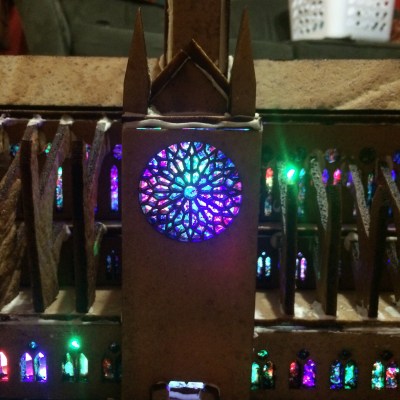If there’s one thing Hollywood loves, it’s a ticking clock to create drama. Nuclear weapons, terrorist bombs, and all manner of other devices have been seen featuring foreboding numbers counting down on a series of 7-segment displays. In this vein, [deshipu] developed a rather ridiculous take on the classic trope.
The project is built around a ticking four-digit display. The blue LEDs give it a modern touch, and it’s attached on top of an Arduino Pro Mini 3.3V. This enables the whole module to be powered by a coin cell, for an incredibly compact and tidy timer that is barely bigger than the display itself. There’s also a buzzer attached, which chirps each second, somewhat heightening the stress level in the immediate vicinity.
With a functioning timer, [deshipu] then went for comedy points, by hooking it up to a trio of bananas. This is widely considered more courteous than attaching it to a detonator circuit and actual dynamite, and is key to staying off government watchlists.
It’s a piece that would be amusing at a Halloween party or similar, and is easily completed by any beginner learning Arduino. It goes without saying that, while this is amusing, it’s a build that should very much not be bandied about in public or used for a prank. In this day and age, even touting a custom clock can draw unwelcome attention, so it’s important to be careful. Video after the break.
Continue reading “Banana Bomb Is Likely To Get You In Trouble”



















